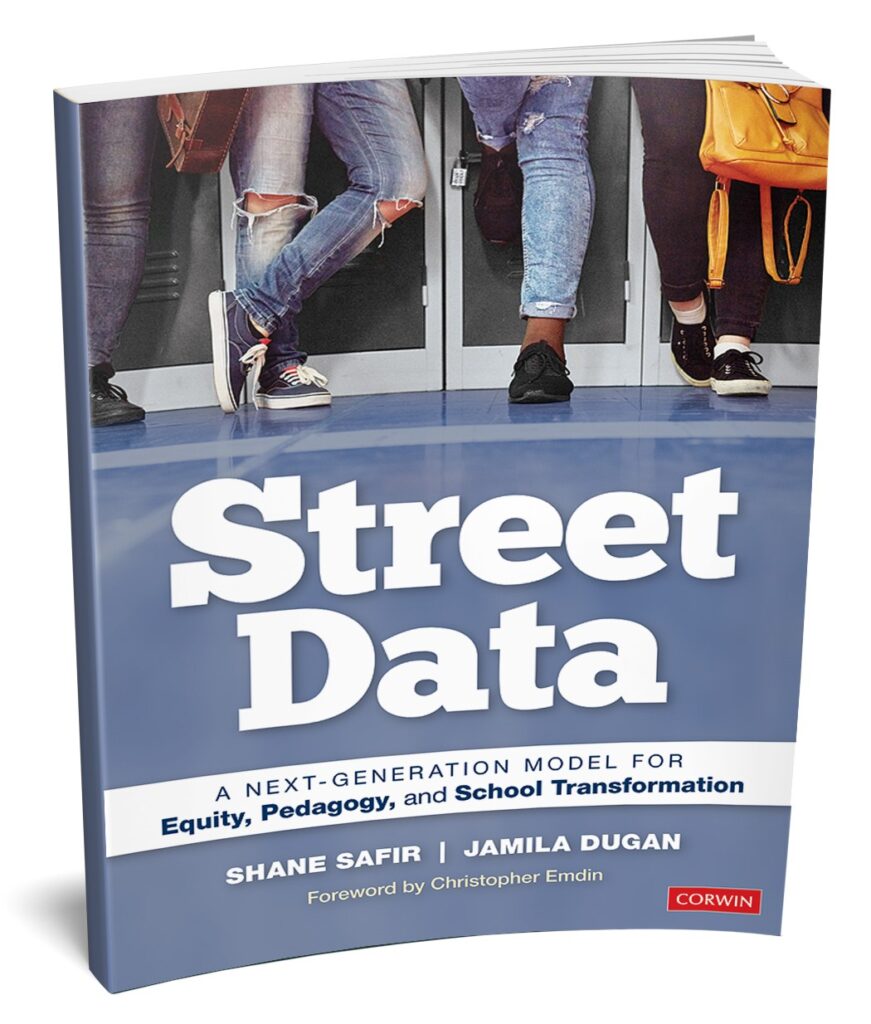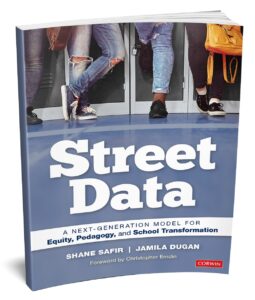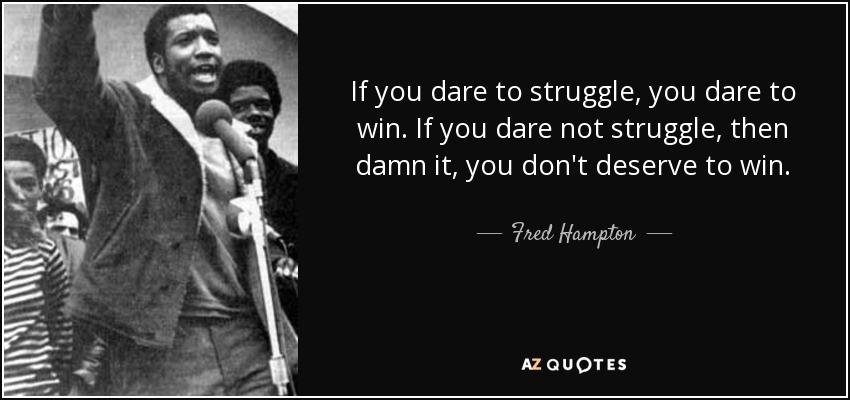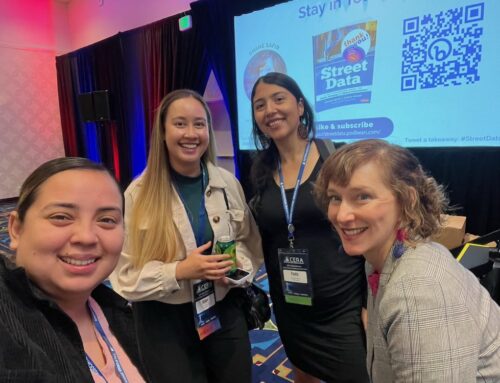Since the release of Street Data, Jamila and I have been extremely humbled and excited by the outpouring of interest and support. We are floored that the book hit bestseller status before Corwin could even announce its release! As we work to bring the concepts of Street Data to life, we are excited to share our journey of discovery and upcoming learning opportunities for you to learn alongside us, which we are currently designing. If you have ideas for workshops or course topics you would like us to offer, please send an email to . We value that Street Data!
This month, I am featuring a piece from Jamila who writes about bringing one of the key concepts in the book, choosing the margins, to life. Thanks for all of your support!
With gratitude,
Shane
Street Data: Choosing the Margins
by Dr. Jamila Dugan
Since the beginning of the pandemic, many educators have been working harder than ever to think differently about how we do schooling: how to use this moment of structural disruption to try something new, to stare the (already) glaring inequities in the face, and to break ourselves out of the never-ending cycle of traditional school improvement. Along this journey, many of my colleagues and I have been in constant states of reflection. In the early stages of Covid 19, I was inspired by scholars’ calls to action to learn from our failed efforts to meet the needs of Black and other minoritized students and plan forward based on the genius of our students. This was affirming for me. I cringe every time I see Black students problematized and I spend a lot of time helping leaders develop school visions that elevate the rich historical and cultural wealth of students and families.
As Shane and I worked on developing the Street Data model, I’ve become increasingly eager to spread the word about a framework that pushes us to engage in practices like flipping the dashboard to get rid of our fixation on big data and zooming into the student experience as our greatest source of data, honoring Black and Indigenous educational traditions by centering liberation over standardization, and choosing students at the margins as our primary guides in school leadership and design. To make this radical shift, we start with an unequivocal commitment to the windy road of equity work which starts with awareness and critical self-reflection. In Chapter 2 of Street Data, I argue that “ensuring high outcomes for all is much more than a task that can be checked off a list.”
“Equity isn’t a destination but an unwavering commitment to a journey. It can be easy to focus on where we hope to land and lose sight of the deliberate daily actions that constitute the process.”
Having put that idea into the public sphere, I’ve been pushing myself to interrogate my own approach and find ways to put more money where my mouth is. What does it mean to choose the margins in my own household? How much am I honoring the perspective of my own Black children? Do I have the courage to listen to what they say in service of their own agency and liberation?
Last week, I decided that the only way to know was to do as we suggest in Street Data and go to the source. I wanted to approach my son about his experience of my parenting during the pandemic and work with him as a true partner in figuring out how to thrive in a time when his life has been the hardest it has ever been. I asked him several questions but among them, his responses to two stood out: How are you experiencing my parenting right now? And… if you truly had agency (for his age, more control over your life), what would you change? Here is what Kingston had to say:
“Mom, you really are there for me. I feel the best when you play with me, but if I am to be honest. I kind of see you all (me and his stepfather) as controlling. It’s like you dictate what I do, and I don’t really get to do things at my pace. You all are like people who are trying to be caring but you are the ones deciding what that looks like for me. I don’t get to see my friends, I am not playing sports, I am around you all the time and you’re like, ‘you need to be in class on time, you need to make sure this work gets done,’ you’re checking on me with school all the time like you don’t understand I don’t like this.”
I had to control my desire to “check” him by exerting power over him: to get him to see his responsibility, help him understand what it means to be prepared for life, and instead I had to sit… to dig deep and listen. The pull toward coercion and control was real. My mind almost began to race but instead, I relaxed my body and its anxious energy, and told myself, “He is speaking from his power and truth, don’t diminish it.” After engaging in some discussion, I asked him what he would change and he said:
“I would really prefer if you would just let me figure out my pace. Stop being on top of me. It doesn’t make me feel any better when you are asking me to do things all the time. Let me have one week where you just don’t bother me about school, let me figure out how I want my time to look, and then I can tell you what I feel like I need from you.”
What my son told me was the most depressingly inspiring set of information that proved why Street Data is the key to transformation and a true guide to equity. Here I was preaching about listening to students but I hadn’t listened to the one in my household! And when I did, he told me exactly what I didn’t want to hear: that my care looked like control, he felt stifled, and he couldn’t experience any sense of agency if he had no opportunity to engage in supportive reflection on his own. I put my reactions to the side and decided to meet him where he was. We put together an experiment for the week and committed to talking about our learning at the end.
I won’t go into detail about what came of the experiment as that is another story, but what I can say is I’ve never been so sure about the genius of our kids. I thought I knew what he needed and it turns out that while there was value in what I had to offer, it was incomplete without his voice and brilliance. Here is what I’ve learned about choosing the margins to guide our efforts toward equity:
- Slow down. We are all well aware of the need to address long-standing inequities, but as “smart” adults, we get together in rooms characterized by heavily formulaic meetings and make as many decisions as we can to hopefully accelerate our equity efforts as quickly as possible. It’s a trap. True understanding and value can only come from deep investment in a process of humbling ourselves to listen. I could have easily asked questions, written up Kingston’s responses, and made decisions. But this moment required much more of me: mental preparation, self-regulation, a mindset of curiosity, and the readiness to reject my pretenses so that I had a true openness to change.
- Be ready. Oftentimes we may choose to engage our students and families who have been marginalized, but it turns out to be an exercise in confirming our own beliefs, reframing their perspectives to affirm our practice, and tossing out what we don’t like. That’s a longstanding trope. Be ready for the unexpected, be ready for not knowing how to respond, be ready to be told that what you think is right isn’t working and needs to change. This is the power of choosing the margins, disrupting our adherence to white supremacist standards as what works and acknowledging where the real value lies.
- Our commitment is only as good the change our children and families can see. Listening is powerful, but if no change comes of it, we are simply repeating history. My son preempted this idea in other parts of the conversation. He didn’t want to share his perspective on what it could look like to do things differently because he didn’t believe anything would change. That was hard yet extremely important for me to tune into. At the end of the conversation, I had to ask myself, what am I really willing to change that he asked me to change? I didn’t commit to dropping everything that I was doing, but we identified a change that was directly tied to his words and his agency. I committed to letting him organize his own week without my intrusion and to take the learning that emerged and have it inform the following weeks. Had I explained away why his thoughts were valid and then changed nothing, I’d be undermining the entire process.
Leading toward equity is challenging. So much is going on so fast, but if we are truly committed to disrupting a system that does not serve our students, then we must be as courageous as we ask them to be and let them lead the way.
***
Street Data is a Bestseller!
We are thrilled to share with you that Street Data: a Next Generation Model for Equity, Pedagogy, and School Transformation (Corwin, 2021) hit bestseller status within 3 days of release!
If you think the book would be valuable to others in the field, here are three actions you can take to spread the word:
- Write an Amazon review (link here)
- Tweet about the book
- Add a brief recommendation to your own newsletter
And if you’ve not yet ordered your copy, you can order from the following links:
And last but not least, please join us for a free webinar about the book in early May, details below:
Monday, May 3, 2021, 3:30 PM Pacific
Free Webinar presented by Corwin
Street Data: A Next-Generation Model for Equity, Pedagogy, and School Transformation
Featuring: Shane Safir, Dr. Jamila Dugan, Jal Mehta, and Chris Emdin
More info/register here.

 Enter your email here and get a free copy of the first chapter of Street Data!
Enter your email here and get a free copy of the first chapter of Street Data!




Leave A Comment
You must be logged in to post a comment.